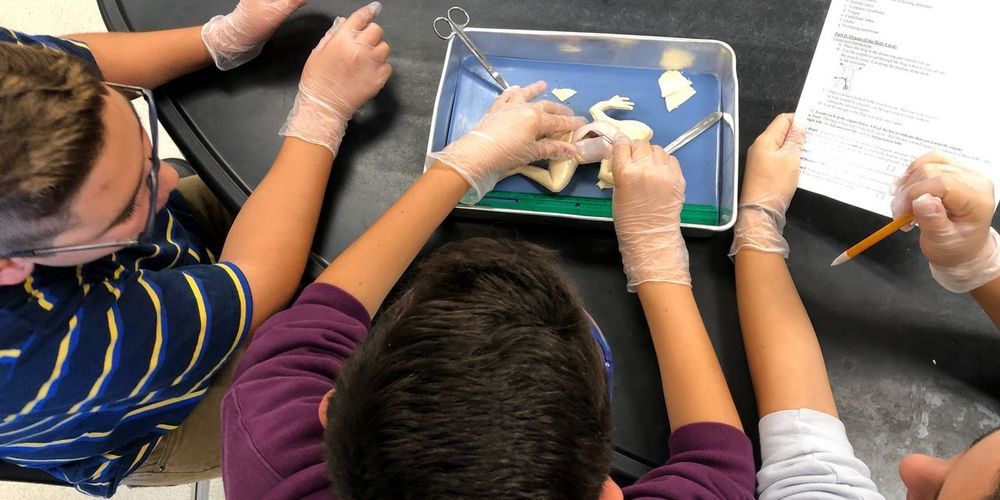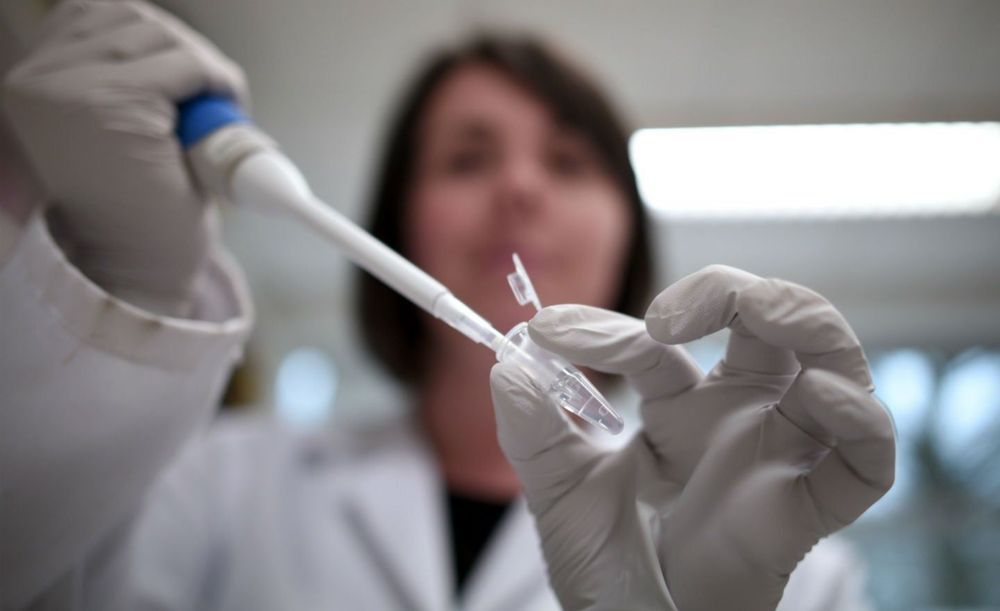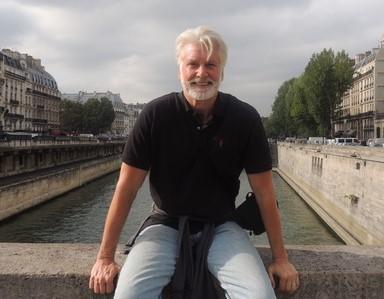Category: science – Page 96

Putin wanted Russian science to top the world. Then a huge academic scandal blew up
Now a group at the center of Putin’s aspirations, the Russian Academy of Sciences, has dropped a bombshell into the plans. A commission set up by the academy has led to the retraction of at least 869 Russian scientific articles, mainly for plagiarism.
At least 869 academic papers have been retracted for flaws that included plagiarism. More could come.


How 3D Printing, Vertical Farming, and Materials Science Are Overhauling Food
Within the next 10 years, what we eat and how it’s grown will be fundamentally transformed.
And converging exponential technologies—from materials science to AI-driven digital agriculture—are not slowing down. Today’s breakthroughs will soon allow our planet to boost its food production by nearly 70 percent, using a fraction of the real estate and resources, to feed 9 billion by mid-century.
What you consume, how it was grown, and how it will end up in your stomach will all ride the wave of converging exponentials, revolutionizing the most basic of human needs.
[Note: This article is an excerpt from my next book The Future Is Faster Than You Think, co-authored with Steven Kotler, to be released January 28th, 2020.]
Printing Food
How science is changing the nature of families | The Economist
Science is enabling women to have children later in life as new technologies transform IVF success rates. But an increasingly globalised IVF trade also poses dangers.
Science is changing how and when families are made. Women are going to be able to have both career and family in a way that we’ve never seen before. New technologies are transforming IVF success rates. AI allows us to look at features of the embryo invisible to the human eye.
Dawn and her husband, Mike, who is 66 are proud first-time parents in Nova Scotia, Canada. They married in 1977 and tried for a baby for decades. Attempts to conceive naturally and to adopt failed. So five years ago Dawn turned to IVF and donor eggs for help.
In Canada, as in America, industry guidelines discourage embryo transfers to women over 55 who face a higher risk of prenatal health conditions including pre-eclampsia, hypertension and diabetes. Dawn considered surrogacy. She looked abroad to developing countries with less restrictive guidelines and legislation.
International fertility consultant, Crystal Travis directed the couple towards Georgia, one of the world’s least regulated fertility markets and one of the few countries that allows surrogates and donors of eggs and embryos to be paid. After medical tests, Dawn had an embryo made with a donor egg and donor sperm implanted.
The total number of fertility clinics around the world is estimated to have increased by almost 70% in the last ten years. The value of the global fertility industry is predicted to rise from $25bn today, to $41bn by 2026. Many believe there needs to be more regulation of an increasingly globalised IVF trade including Dr Danielle Lane, a fertility specialist based in San Francisco.
Discover Longevity and Anti-Aging Science Past, Present and Future
Ira Pastor, ideaXme exponential health ambassador, interviews Dr. Magomed Khaidakov, Assistant Research Professor, Department of Internal Medicine, University of Arkansas for the Medical Sciences. https://www.amazon.com/Pessimistic-Guide-Anti-aging-Research…atfound-20
Ira Pastor Comments
Today we are going to be talking about mitochondria, among many other longevity and anti-aging themed topics.
We’re also going to talk a little bit about the role of pessimism and realism when it comes to the human translation of certain technologies, and why it is important to limit “messianic thinking” as much as possible.
Mitochondria
The mitochondria are double-membrane-bound organelles found in most eukaryotic organisms and are responsible for generating most of the cell’s supply of adenosine triphosphate (ATP), used as a source of chemical energy. Thus mitochondria is termed the “powerhouse of the cell.”


A New Age: Pittsburgh-Based Author Chronicles Science’s Search For Human Immortality
Chip Walter’s new book is titled “Immortality Inc.: Renegade Science, Silicon Valley Billions and the Quest to Live Forever.” It’s about the money, and the research, that’s seeking a way to extend human life indefinitely.
Chip Walter discusses “Immortality, Inc.” at Pittsburgh Arts & Lectures: 6 p.m. Thu., Jan. 16. Carnegie Library of Pittsburgh Main Branch, 4400 Forbes Ave., Oakland.
Sounds like science fiction, but Walter thinks breakthroughs are just around the corner.